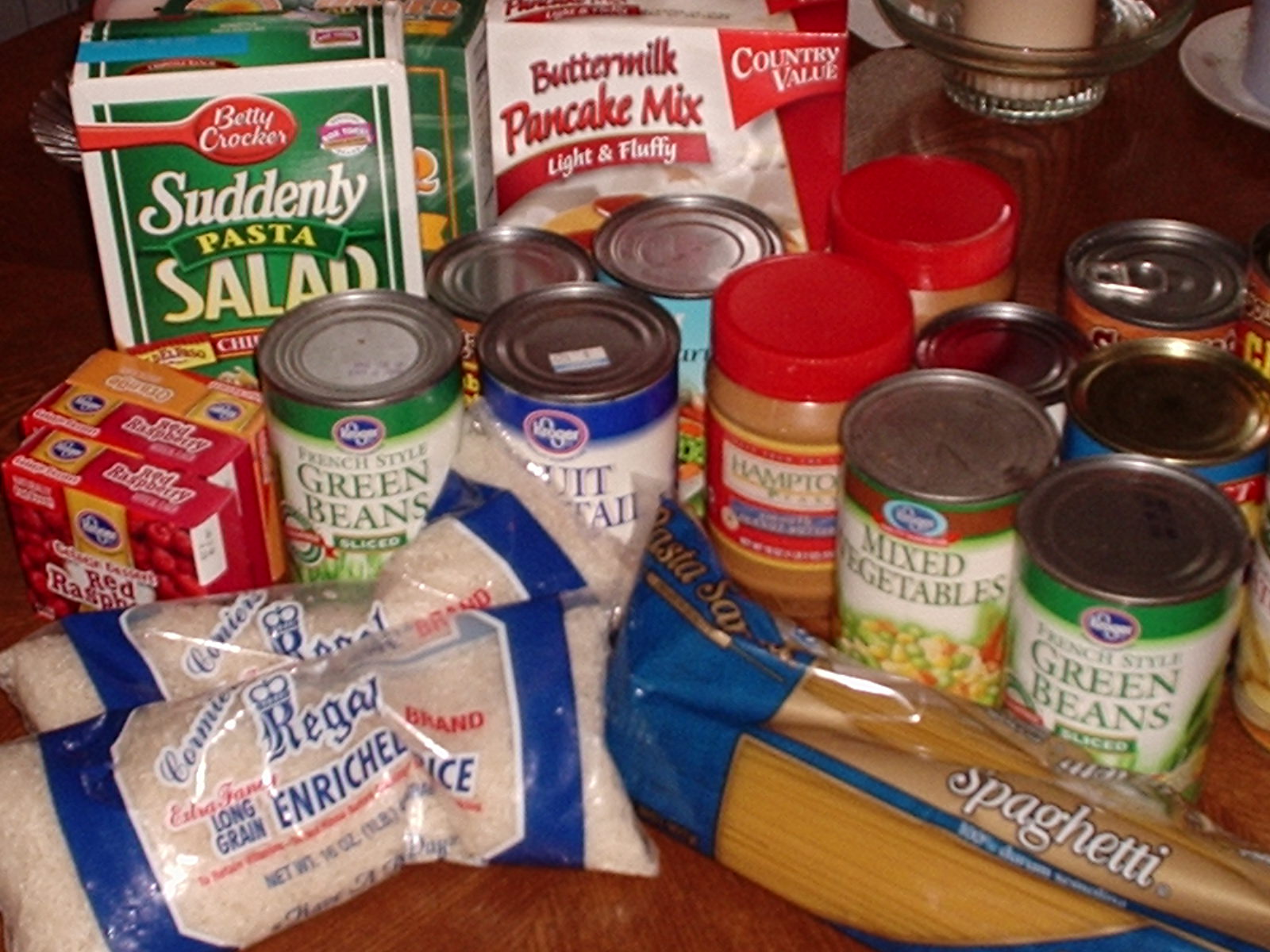
In the grocery store, non-perishable food is the food that you would find as you work your way into the store. You will not find nonperishable food on the outer aisles, where the cheese, milk, eggs, and meats are located. As mentioned above, these items are perishable. If you are searching for nonperishable food, you will need to work your way into the inner aisles, where you will find many options for non-perishable items to choose from.
What Are Non Perishable Foods?

Importance of Non Perishable Food
Non-perishable food is important as it can be used for several different scenarios.
Natural Disasters
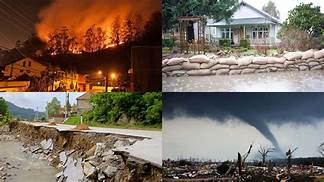
Perhaps one of the most common uses surrounding non-perishable food is the use of it during some sort of natural disaster. It is popular to stock up on this type of food when a hurricane or a snowstorm is expected to hit. This is because, as mentioned earlier, the food will stay good even without power. It also typically does not require power to prepare, resulting in an easy meal when people have lost power.
Camping

Road Trips

While it is possible to pack a cooler full of perishable items for a road trip, it is much more convenient to throw simply some non-perishable food into a bag and bring it along for snacking on the road. Not only will this save money, since you will not have to go through the drive-thru or stop at restaurants to eat, but it will also save time and allow you to have more control over your nutrition as you drive.
College Dorms

Food Drives
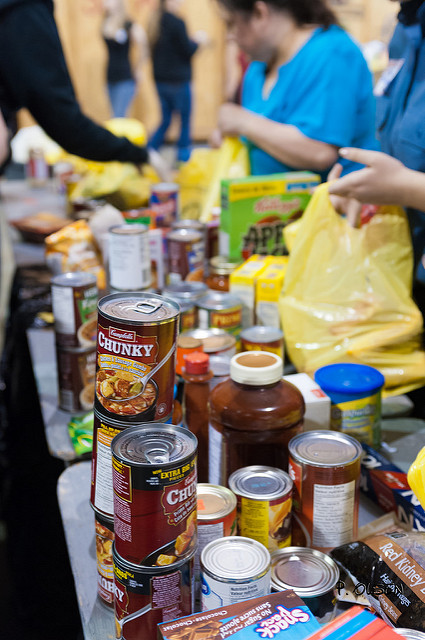
Another popular use for non-perishable food is the use of it for food drives. Many local organizations have food pantries that individuals can collect food from, and they often hold food drives within the community. They typically ask the community to donate non-perishable food so that they can retain it for longer and keep it available to those in need.
10 Non Perishable Foods
While there are endless types of non-perishable food to choose from, we have selected ten of the more popular non-perishable foods available.
Dried Fruits
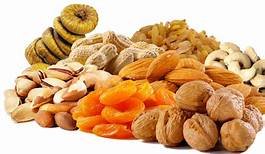
Condiments
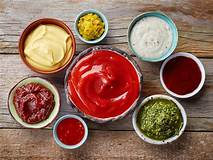
Many condiments are very shelf-stable and are good to have on hand as non-perishable items. Cane sugar, honey, salt, pepper, cacao, maple syrup, and vinegar all have very long shelf lives and are great items to have on hand at all times. Additionally, while most oils do not have a long shelf life, coconut oil has a shelf life of approximately two years and can be used for almost anything, so it is another great condiment to have on hand.
Peanut Butter
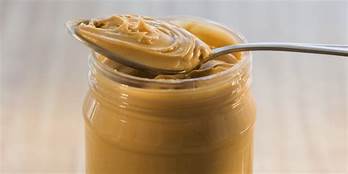
Most peanut butter does not require refrigeration after opening, but be sure to double check the jar before purchasing this non perishable item. Because of its high healthy fat and protein content, it is a nutritional non perishable food to keep in the pantry.
Nuts
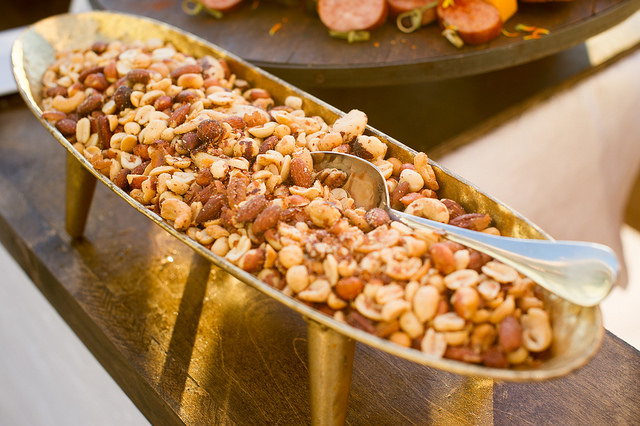
All nuts have high shelf stability, so you have many options to choose from when stocking your pantry with them. They provide a great energy boost and have a high nutritional value, so they are certainly a staple item to keep alongside all the other non perishable food.
Canned Tuna

While this non perishable food may not appeal to everyone, it is a great option to keep in the cabinet. Since it is really high in protein and has great nutritional value, a little could go a long way if necessary. Tuna is also typically very affordable, which means that you could get quite a bit for a reasonable amount of money. It is one of the few proteins that have high shelf stability.
Beef Jerky
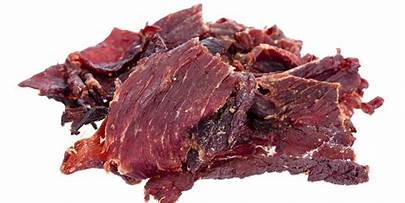
Protein Bars
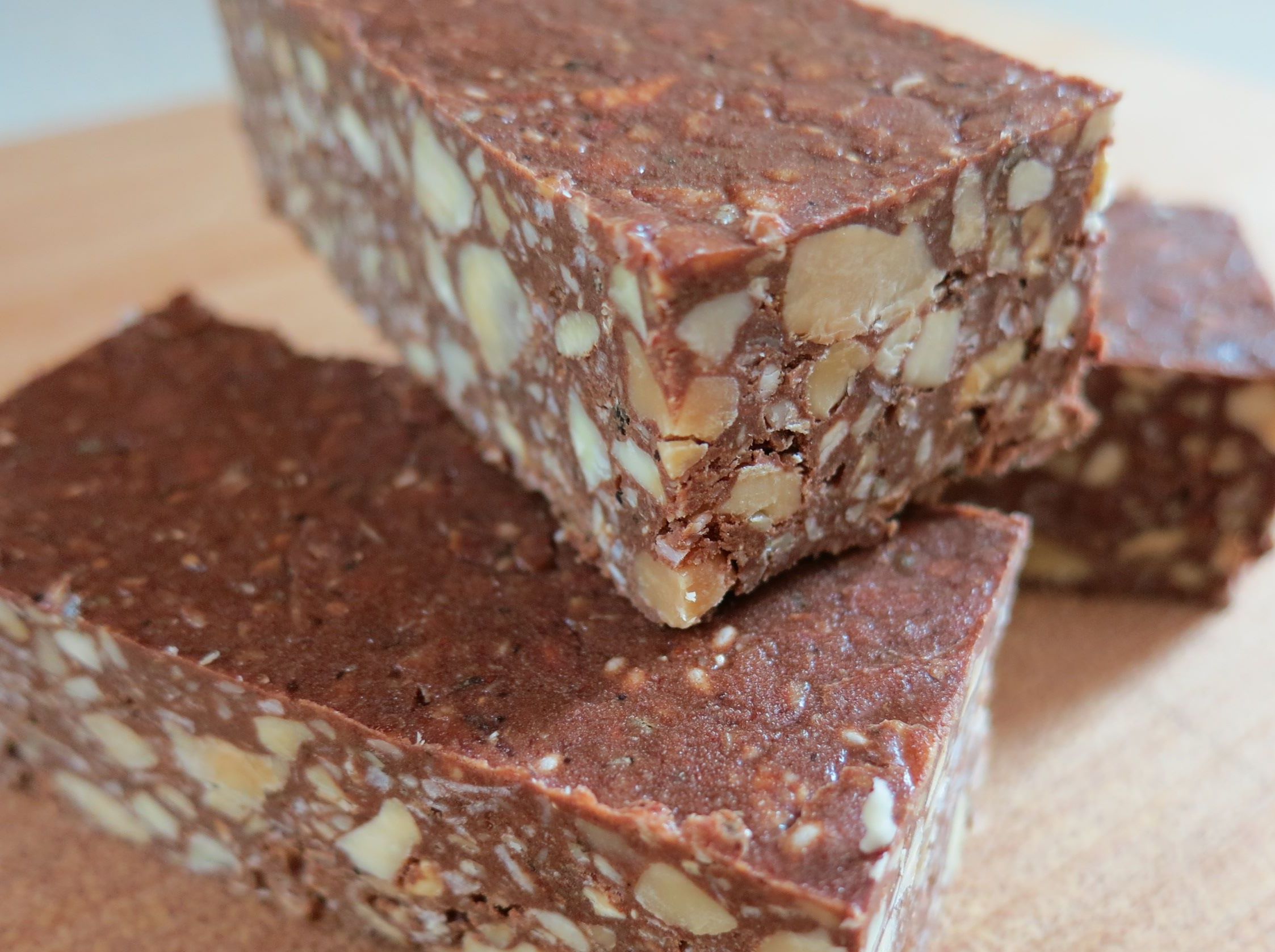
Protein bars, as many knows, make a great grab and go snack. They are easy to eat or to throw in a bag and take for later, and they still carry high nutritional value. Protein bars may prove to be especially helpful on hand in a college dorm since they require no prep time and can easily be packed for a class in a backpack and have many different varieties and flavors to choose from.
Rice
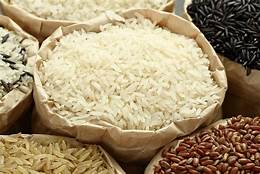
Pasta
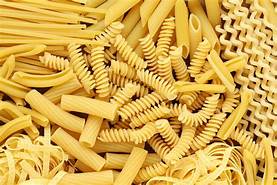
Pasta, similar to rice, has high shelf stability. As long as there is access to boiling water so that the pasta can be cooked, it is a great option to keep on hand. There are typically many variations of pasta available for purchase, as well, such as whole wheat, veggie, or gluten-free pasta. If stored properly, pasta can last for a long time and therefore makes a great non perishable food.
Canned Soup
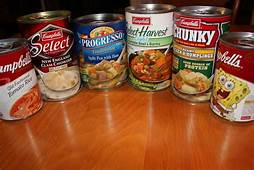
Canned soup lasts for a very long time and is non perishable food that retains a good amount of flavor for a long while. Something to note – it is important to keep a manual can opener on hand in case of emergency so that cans of soup can be opened even without power. Soup does not necessarily need a stove to be heated over, either. It is ideal for college dorms that have access to a microwave, or camping trips, where the soup can be heated over a fire. Additionally, soup cans are generally very cheap to purchase, which means you can stock up on this non perishable food at an affordable price.
Conclusion
Most importantly, be sure to read labels on packaging before purchasing food you think may be non perishable. If it does not need to be refrigerated before or after opening, it is safe to buy. When purchasing your non perishable items, try to consider all of the main food groups and purchase your items accordingly. Don’t forget that there are lots of options when it comes to non perishable food!
